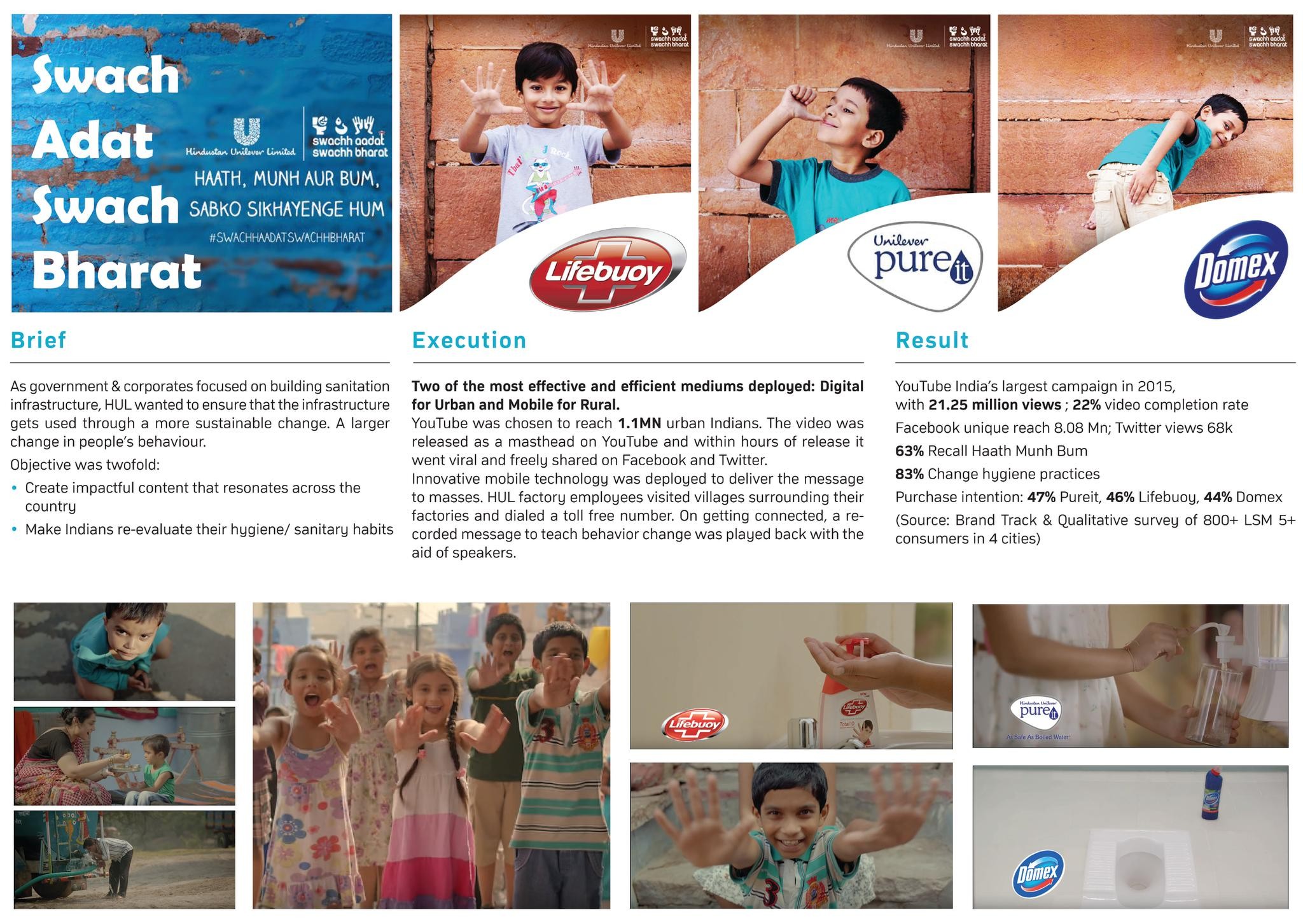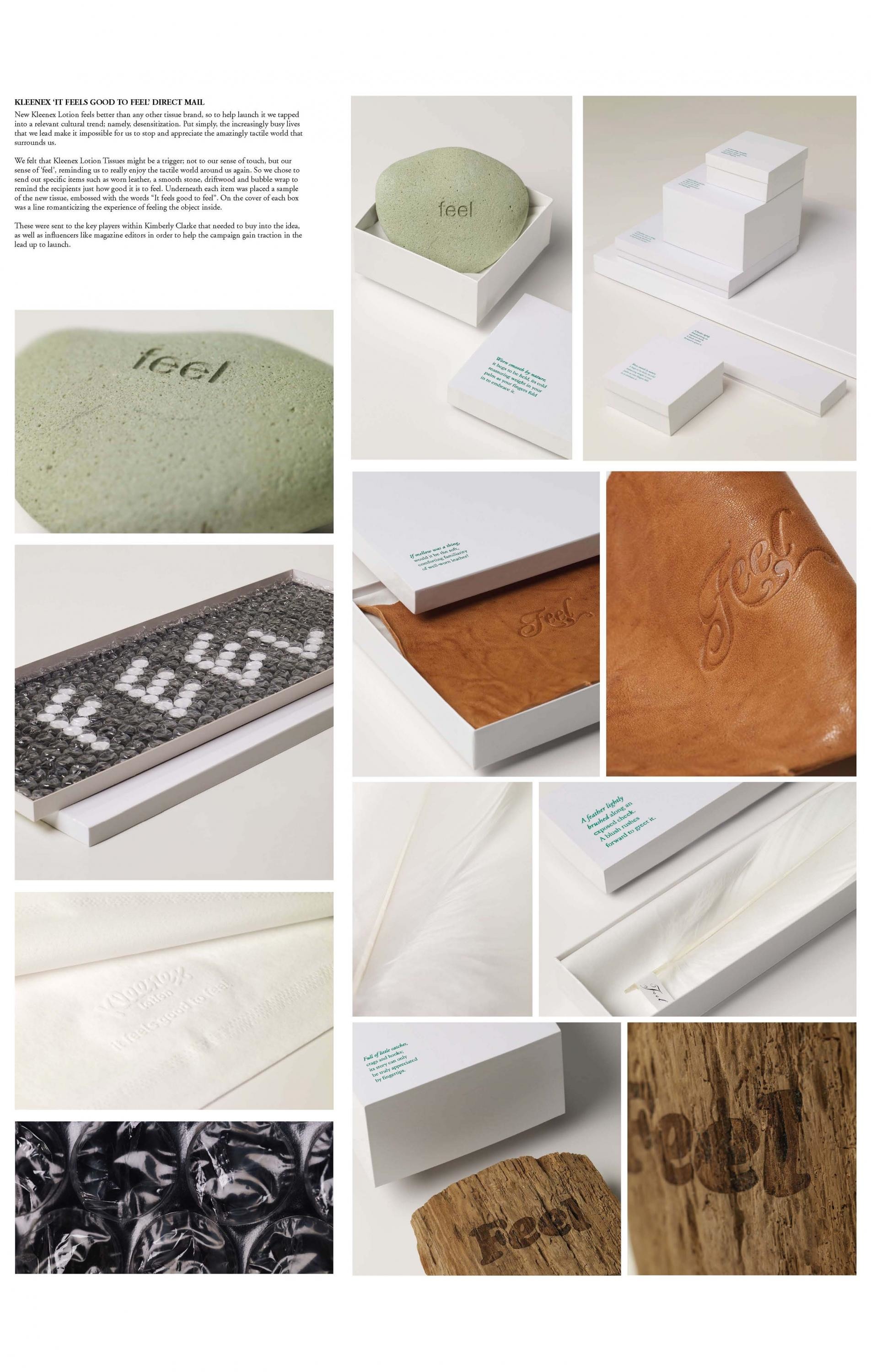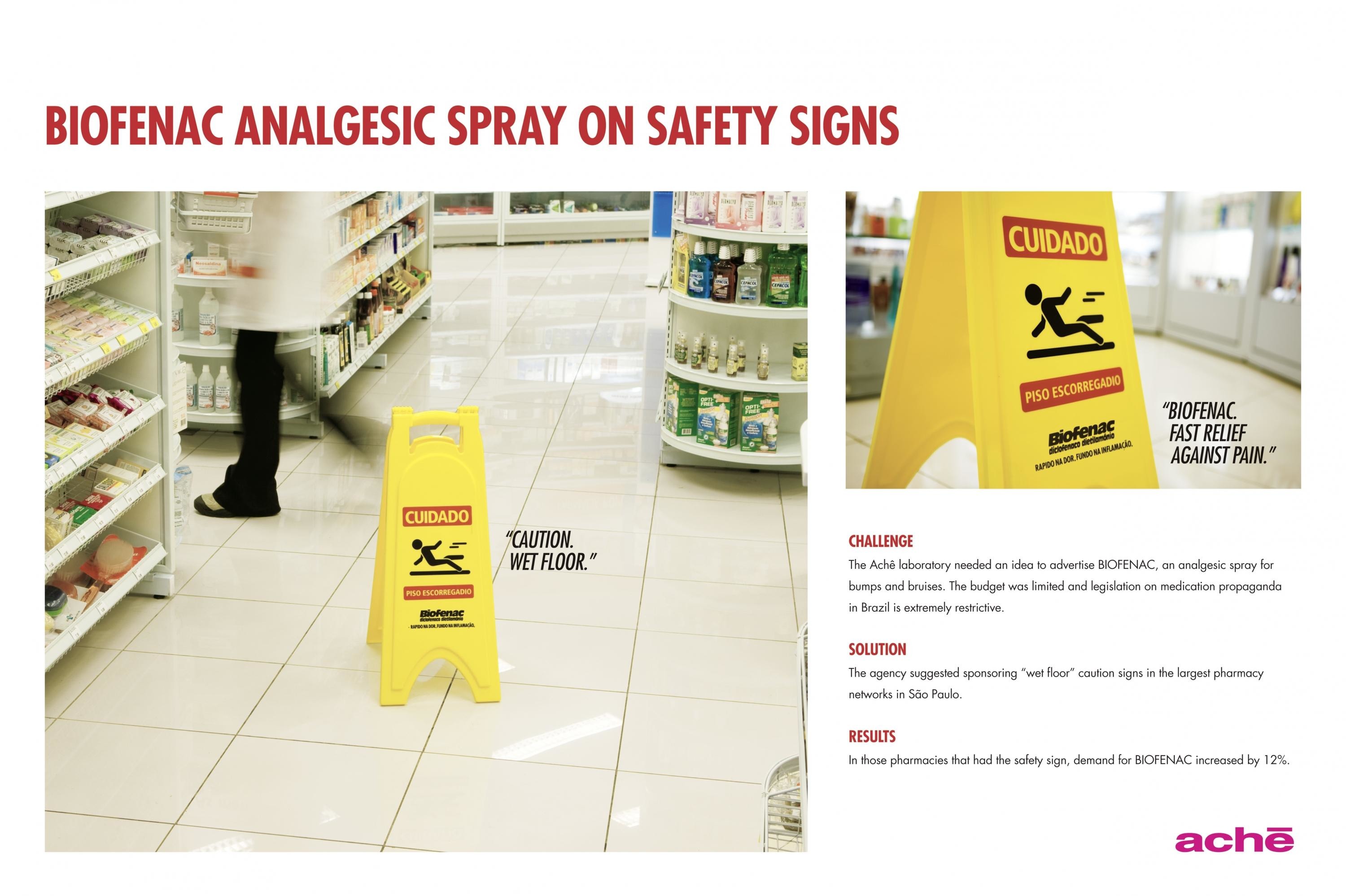Spikes Asia
Swachh Aadat Swachh Bharat
PHD INDIA, Mumbai / UNILEVER / 2016
Awards:



Overview
Entries
Credits
OVERVIEW
Background
According to The WASH (Water, Sanitation and Hygiene) Performance Index 2015, India ranks amongst the lowest (Rank: 92). No wonder each year, more than 6 lac children succumb to diseases like diarrhoea, millions do not have access to clean drinking water and over 792 million people live with poor sanitation conditions.
In 2014, Prime Minister launched Swacch Bharat Mission (Clean India Movement), first step towards making the country clean. But the mission focused more on building infrastructure without much focus on how the infrastructure be utilized.
This defined the role for HUL: To ensure the infrastructure gets used through a more sustainable change - a larger change in people’s behaviour.
Setting the following campaign objectives:
1. Singular message through impactful content that is relatable across the length and breadth of the country
2. Reach out to as many Indians as possible with the message of re-evaluating their hygiene/ sanitary habits
Execution
Two of the most effective and efficient mediums were deployed to spread the message: Digital for Urban and Mobile for Rural.
Digital Media (Urban India): To reach 1.1 Million Indians, YouTube ensured maximum reach and virality. With the intention of chasing views, the video was released as a masthead and within hours of releae it went viral on the platform. In a record breaking duration of just 60 days the campaign became YouTube India’s biggest campaign in 2015. Further, the video got shared freely on Facebook and Twitter as well.
Mobile (Rural India) Cleanliness messengers program: To reach out to rural India, an innovative medium of mobile technology with the of HUL factory workers was deployed. The factory workers visited villages surrounding their factory location and dialed a toll free number. On getting connected a recorded message to teach behaviour change was played back with the aid of speakers.
Similar Campaigns
12 items









